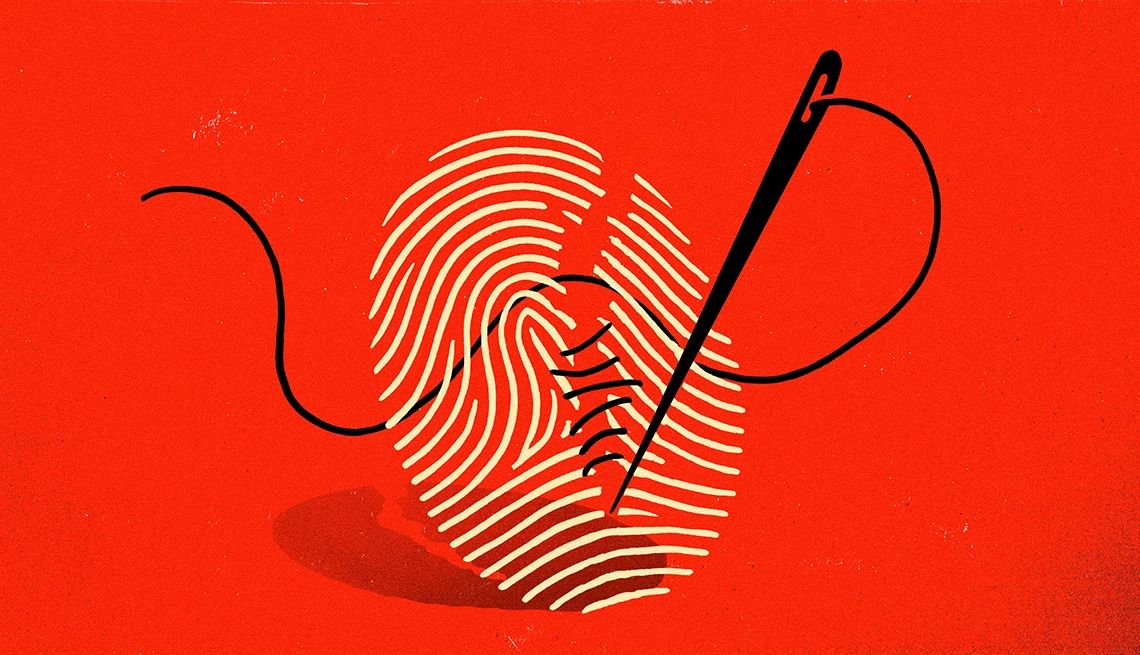How to Recover After Your Identity Has Been Stolen
Identity fraud can upend your life. Here’s how to clean up the mess.
Jessica Roy’s years-long identity fraud nightmare began with a stolen wallet in a San Francisco bar in 2018. Despite taking quick action, including disputing charges and cancelling her cards, the problem persisted. Bank of America and Wells Fargo issued checkbooks for accounts opened by criminals, and she received letters about bad checks, including nearly $14,000 at Big Lots.

If identity fraud is like a chronic illness, the crimes are reaching an epidemic stage. Identity fraud cost Americans an estimated $47 billion in 2024, with roughly 15 million victims. The Federal Trade Commission received 1.13 million identity theft reports in 2024, up from 650,000 in 2019.
10 Key Steps to Take if Your Identity Has Been Stolen
- Document Everything: Write down essential information about the fraud, including when you discovered it, when it was opened, the type of account, and the company involved.
- Assume the Worst: If you experience one type of identity theft, assume all your accounts and information are potentially at risk.
- Review Credit Card and Bank Statements: Look for suspicious activity and change your login information.
- Report the Crime: File a report with the FTC at IdentityTheft.gov and create a personalized recovery plan.
- Call Your Financial Institutions: Contact the security or fraud departments of businesses where thieves opened accounts or made charges.
- Freeze Your Credit and Place a Fraud Alert: Contact all three credit reporting bureaus to check your credit report and place a credit freeze.
- Avoid Revictimization: Be cautious of scams claiming to help victims regain stolen money.
- Don’t Expect Fast Results: Recovery can take years, depending on the type of identity theft.
- Protect Your Mental Health: Focus on your emotional well-being and consider seeking professional help if needed.
- Find Good Advice and Assistance: Utilize resources like the ITRC’s online Victim Help Center and AARP’s Fraud Watch Network.
By following these steps and staying vigilant, you can recover from identity theft and protect yourself from future incidents.


